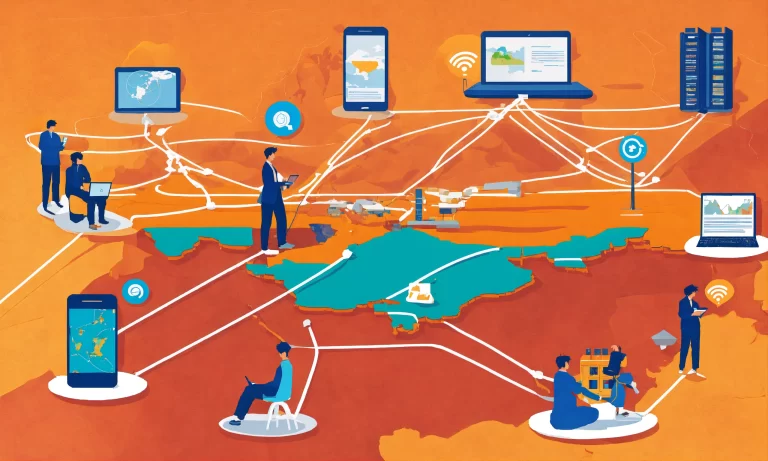What tools, techniques & technologies are involved in “Cyber Risk Management” field?
Cyber risk management is the process of identifying, assessing, and mitigating the risks to an organization’s information systems and data from cyber threats. There are many tools, techniques, and technologies involved in cyber risk management, such as:
Risk assessment tools: These tools can help organizations to identify, assess, and prioritize cyber risks.
- Security controls: These controls can help to protect organizations from cyber threats. Some examples of security controls include firewalls, intrusion detection systems, and data encryption.
- Employee training: Employees need to be aware of the cyber threats that the organization faces and how to protect themselves and the organization’s information assets.
- Contingency planning: Organizations need to have plans for responding to a data breach or other cyber incident.
- Monitoring tools: These tools can help organizations to track the latest threats and ensure that their mitigation measures are effective.
- Vulnerability Scanners: Software tools that identify weaknesses in systems and networks, allowing for timely patching and remediation.
- Security Information and Event Management (SIEM): Collects and analyzes security event data to detect and respond to potential threats.
- Intrusion Detection Systems (IDS) and Intrusion Prevention Systems (IPS): Monitors network traffic for suspicious activities and can raise alerts (IDS) or block threats (IPS).
- Firewalls: Protects networks by controlling incoming and outgoing traffic based on security rules.
- Security Risk Assessment Software: Assists in conducting risk assessments to evaluate the effectiveness of security controls.
- Security Awareness Training Platforms: Educates employees about cybersecurity best practices and risks.
- Encryption Tools: Secures sensitive data by converting it into unreadable code.
- Multi-Factor Authentication (MFA): Requires users to provide multiple forms of verification for access.
- Penetration Testing Tools: Identifies vulnerabilities through simulated cyber-attacks.
- Data Loss Prevention (DLP) Solutions: Monitors and prevents sensitive data from leaving the organization’s network.
There are important factors for cyber risk management. These include:
- Data governance: This is the process of ensuring that data is managed in a secure and compliant manner.
- Risk appetite: This is the level of risk that an organization is willing to accept.
- Culture: The culture of an organization can have a significant impact on its cyber risk management posture.
The field of cyber risk management is constantly evolving, as new threats and technologies emerge. As a result, it is important for organizations to stay up-to-date on the latest trends and developments.




